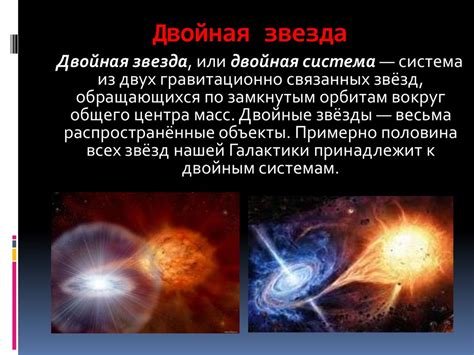13.7.2 The black hole membrane paradigm
Perhaps the most salient feature of the fluid/gravity correspondence is the fact
that the horizon dynamics (which in this case prescribes the dynamics of the
entire spacetime) is governed by hydrodynamics. On the face of it, such a type of
relation is not new; in fact, for several decades relativists have explored the idea that
spacetime, or important aspects thereof such as black hole horizons, might resemble
a fluid. Early indications include the black hole thermodynamics [12,13] developed
in the 1970s, analogue models of black holes [41] initiated in the early 1980s, and,
most strikingly, the black hole membrane paradigm [42, 43] formulated in the late
1970s. The latter realizes the idea that, for external observers, black holes behave
much like a fluid membrane endowed with physical properties such as viscosity,
conductivity, and so forth. In particular, the dynamics of this membrane is governed
by the familiar laws of fluid dynamics, namely the compressible Navier-Stokes
equations.
Motivated by the superficial similarity between the membrane paradigm and the
fluid/gravity correspondence, recently authors [44, 45] have attempted to
formulate a precise derivation of the former. In [44] Einstein's equations in the bulk are
projected onto a null hypersurface and then expanded in gradients along the hyper-
surface. However, in [45] it was shown that one can systematically find a solution
to the vacuum Einstein equations that describes the near-horizon geometry of a
generic nondegenerate black hole in the long-wavelength regime.
Within the fluid/gravity correspondence, the entire spacetime evolution is
mapped to the dynamics of a conformal fluid, which, although reminiscent of the
membrane paradigm, has one important twist: the membrane lives on the boundary
of the spacetime (which is unambiguously defined and admits a fluid description
with well-defined dynamics) and gives a perfect mirror of the full bulk physics.
This «membrane at the end of the universe» picture is a natural consequence of the
holographic nature of the fluid/gravity correspondence.

